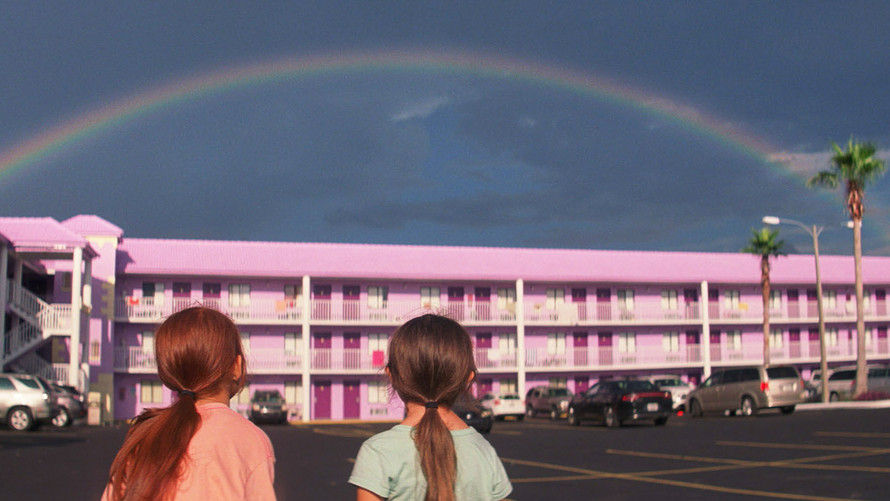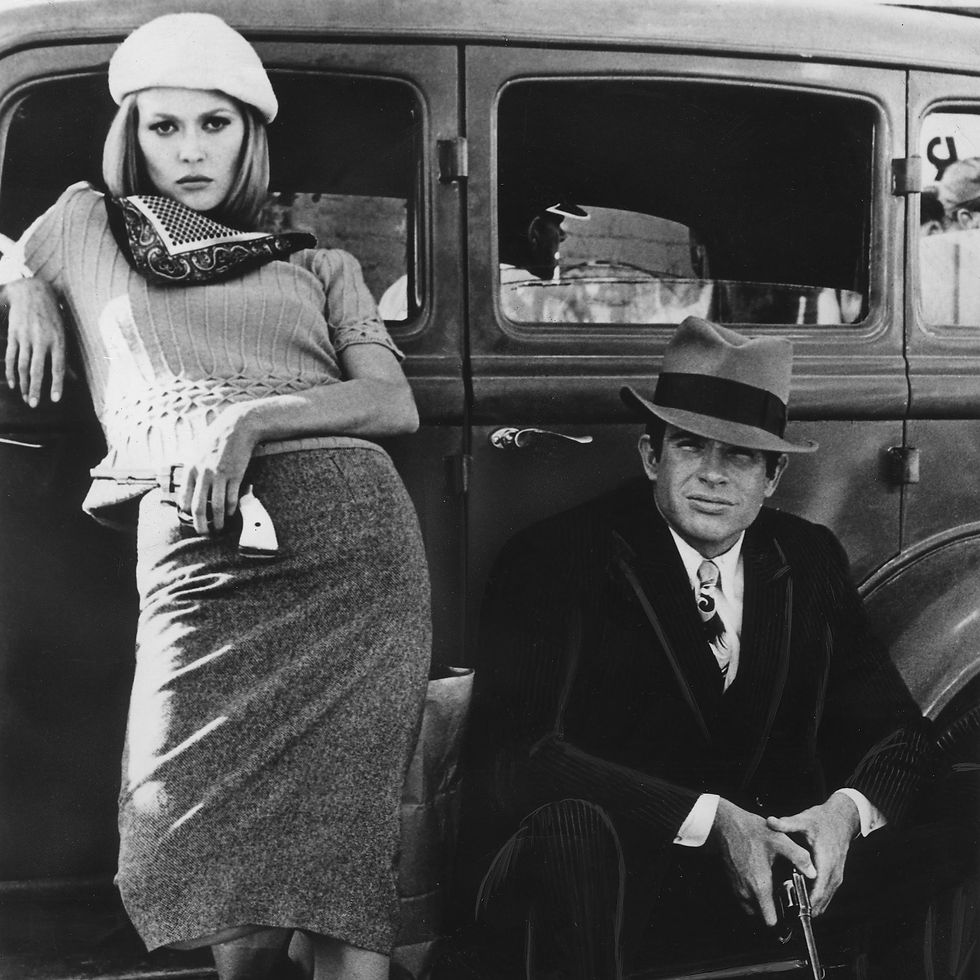How Sean Baker's "The Florida Project" masterfully captured an old American Dream allegory
- Natalia Cuadrado
- Apr 20, 2020
- 4 min read
Updated: Sep 8, 2020

Drawing its title from Walt Disney’s first name choice for his theme park, Director Sean Baker’s The Florida Project (2017) depicts the invisible life on the outskirts of Disneyland, a subliminal presence in the film. The setting, as seen from the perspective of 6-year-old Moonee (Brooklynn Prince), doesn’t seem to be much different from that of Magic Kingdom. She lives within the premises of the Magic Castle, the ironic – and a well-planned juxtaposition – the name for the vibrantly-purple cheap motel where she lives with her young, struggling, and reckless, but sympathetic single mom, Halley (Bria Prince), who often leaves her daughter unattended. Through this mother-daughter tale and a class study approach, Baker excels on capturing a brutal realism that brings the spectator to the side of the story society often judges but fails to understand or, even worse, questions the reason behind it.
Even thhough the socio-economic circumstances that account for the way of life of Halley and Moonee are never fully explained, it is implied that the film is based on the aftermath of 2008’s recession when the notion of the American Dream came crashing down. One of the film’s scenes features Moonee with her friends – Scooty (Christopher Rivera) and Jancey (Valeria Cotto) – wandering around an abandoned, but otherwise perfectly functional, house complex, which they later accidentally set on fire. The financial crisis was perhaps the defining moment exposing the myth when the bankers who brought the global economy to the brink of ruin with predatory lending, market manipulation, and various other antisocial practices walked away with millions of dollars in bonuses just as millions of Americans lost their jobs and homes and tens of millions more worldwide suffered on their account. This, along with the disappearance of a Welfare State, represented a blow to the already precarious situation of people, like Halley, who was left to assort to whichever measures they could to survive.

Baker’s take on this is to play with a narrative that’s along the fine line between judgment and compassion. In contrast to the Horatio Alger way, which insists that the only thing holding a person back from wealth (and thus happiness) is their own lack of drive and determination The Florida Project shows how for a large group of parents and grandparents, like Jancey’s grandmother, the lack of opportunity and economic resource makes it simply out of reach. For instance, Halley turns to stripping, then to peddling, and finally, after not being able to make ends meet on ethical ground, to prostitution. The decision is visibly hard for the young mother, who at one point in the wide-angle-sequence is found standing on the left side of the shot staring at the Florida sunset horizon while having a smoke. This is the classic melancholic scene where, even if it’s not spoken – in Halley’s case, her face is not shown – whatever is going through the character’s mind can be inferred. Audiences may take a while to realize this. In a way, they’re all Moonee, since the way the movie plays it out is through the mind of the 6-year-old, who doesn’t really understand what’s happening.
However, there’s an under-the-lines adult point of view through the film. If not through the perspective of the motel’s manager Billy (Willem Defoe) – who in another tale could’ve been the movie’s version of the benefactor form Alger’s stories and represent the steadiest moral compass of the film – through the motels resident’s acceptance of their fate. An example of this is the depiction of their life in what, if audiences didn’t know any better, could be an idyllic society, but the only way to see it like that is precisely through the innocence of the children and the adult’s efforts to make the best out of it, like enjoying an afternoon at a decent motel pool.
Now for the conscious spectator, already in sympathy with the main characters, one can really start to question the notion of inequality being portrayed in the film. Contrary to popular belief, equality of opportunity in the U.S. is lower than in most advanced countries—and it is declining. Baker offers a rather subtle look on this. The director does not bluntly discuss social justice, instead, he offers the audience an innocent perspective, leaving the viewer to problematize the film’s plot on their own. His approach could’ve been a sad and tragic narrative that depicted a cruel reality all through the film. However, the film is swept by moments of bittersweet, blissful, and careless joy that explodes into a catharsis at the end when facing the inevitable tragedy: Halley and Moonee are separated by the Florida Department of Children and Family. The viewer – who knows that morally it’s the right thing to happen – can’t help but feel crushed and question the system that has abandoned this mother and her child, but then proceeds to punish them for it.
Recurring to his earlier film Tangerine’s (2015) technique, Baker used an iPhone 6 to record the last sequence of the motion picture. An obvious shift into digital form from the realism, pace, and tone carried through the whole film, he delivers the quasi happy ending that spectators were rooting for as Moonee runs off with her best friend, Jancey, to Disneyworld. In a low angle cut, the audience watches as the girls, hand-in-hand, get to the real castle in the Magic Kingdom. One can argue that the ending is unrealistic and ambiguous unless one sees it as what is: a depiction of all the American Dream promises for young children like Moonee, but that can really only be achieved through fantasy or imagination in a failed social system.






Commentaires